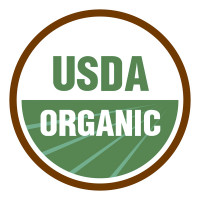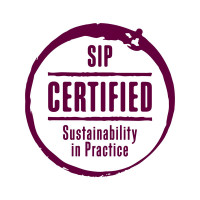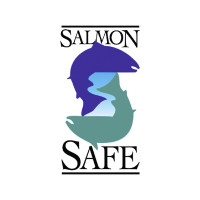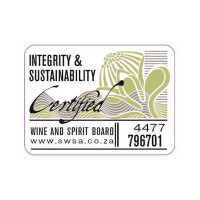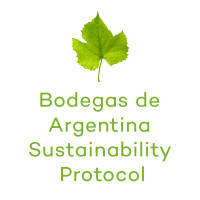Let’s face it — climate change isn’t going away, and the way we eat, drink, and shop is starting to reflect that. A new generation of wine enthusiasts isn’t just chasing great flavor; they care about where our wine comes from, how it’s made, and what kind of impact it has. That’s where sustainable wine comes in.
From soil health to carbon footprints, winemakers around the world are rethinking how wine gets from vineyard to glass. But with so many labels (Organic, Biodynamic, SIP, LIVE) it can feel like trying to decode a secret language. What do these certifications actually mean? And is one better than the others?
This guide covers:
- What makes a wine organic?
- How biodynamics works
- Why sustainable wine might be the future of drinking responsibly
Let’s dig into the labels, the lingo, and how to support sustainability in wine.
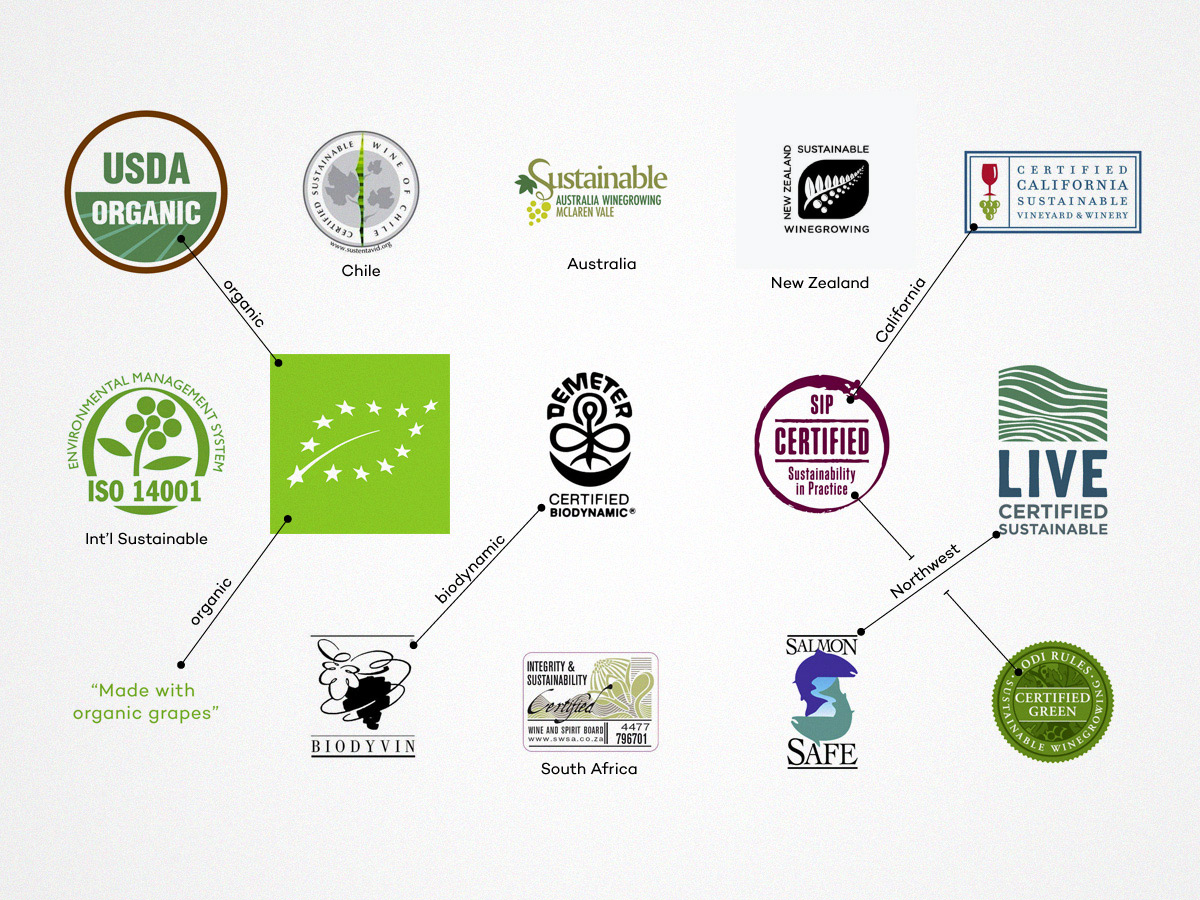
There are a myriad of wine certifications. In an attempt to make sense of sustainability in wine, here is a guide to some of the most commonly used wine certifications and what they mean.
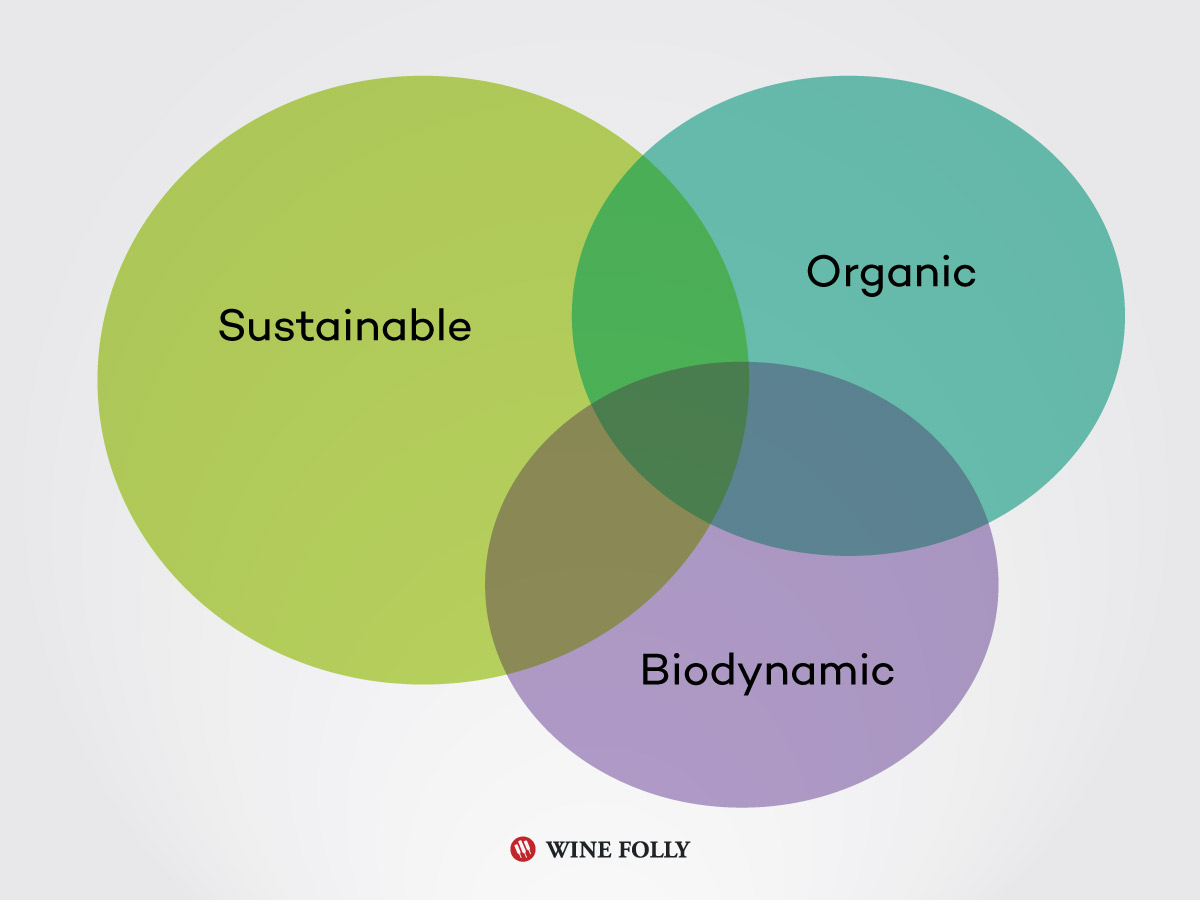
Organic vs Biodynamic vs Sustainable Wine
Each category of certification has differing founding principles (even if there is a lot of overlap). You can think of each category as having a founding principle:
- Organic: Purity of product using non-synthesized ingredients.
- Biodynamic: Holistic agricultural health.
- Sustainable: Mitigation and reduction of wastefulness in winemaking.
The Basics: Organic
USDA Organic
Wines made with organic grapes must also use organic additives (like fining agents and yeast), with no GMOs or prohibited ingredients, including added sulfites. While that sounds great, few U.S. wines are USDA Organic because sulfur remains the most effective natural preservative. As a result, these wines have shorter shelf lives and aren’t meant to age.
“Made with Organic Grapes”
A step away from USDA Organic, this certification aligns more closely with European standards. Wines made with organic grapes also use organic additives and are non-GMO, but they’re allowed up to 100 ppm sulfites. This makes them more appealing to quality-focused, forward-thinking brands. Look for labels that say “Made with organic grapes” or “Made with organically grown grapes.”
EU Organic
Since 2012, the EU has enforced official regulations for organic wine (prior labels only noted “wine made from organic grapes”). The certification requires organic grapes, organic additives, and bans GMOs and other prohibited ingredients. Sulfur is limited to 100 ppm in reds and 150 ppm in whites and rosés, with a 30 mg/L increase allowed for wines with more than 2 g/L of residual sugar.
Beyond Organics: Sustainable Wine
Beyond organics, sustainability comes into play through resource management, specifically in terms of water and energy efficiency, in the vineyard and winery. Sustainability will grow in importance in people’s minds as climate change continues to become a reality.
Of course, defining sustainability is a bit complicated because of the unique environmental stresses of different wine regions. This is why you’ll see a myriad of varying sustainability certification programs. Here are some of the most common sustainability certifications and what they mean (as well as where you’ll see them used).
Environmental Management System
EMS (ISO 14001 / ISO 14004)
The International Organization for Standardization has a family of standards (the 14000 group) that provides practical tools for companies and organizations looking to manage environmental responsibility.
The goal of this program is to identify and reduce environmental waste as well as plan for continual improvement in waste reduction. Because ISO continually updates and revises its sustainability guidelines and compliance standards (which is why ISO updates its standards over time – e.g., 14000, 14001, 14004), it provides a good international baseline for sustainability. Several wine regions, including Bordeaux (in France), Chile and Australia, use the ISO standard.
Certified California Sustainable Vineyard and Winery
In 2002, members of the Wine Institute and the California Association of Winegrape Growers (CAWG) introduced a practical self-assessment workbook for both winemakers and winegrowers that encompasses three areas of sustainability: Environmental Soundness, Economic Feasibility, and Social Equality.
The metrics for CCSW include over a hundred criteria, which are ranked from 1 to 4 in terms of water use, energy use, greenhouse gas emissions, and nitrogen use. This means a winery can become CCSW certified with a lower rank (with plans to improve). Today, to become fully certified with CCSW, a third-party auditor is required to conduct the assessments.
SIP Certified
Sustainability in Practice
SIP certification also adopts the three “E’s” of sustainability: economic viability, environmental stewardship, and social equity, with a points system.
Since 2016, SIP Certified has significantly expanded and enhanced its standards. As of 2025, the program certifies over 43,000 acres across California, Oregon, and Michigan, and includes six wineries responsible for more than 63 million bottles
A new annual, three-year certification cycle was introduced in 2025, combining onsite inspections and documentation reviews, to ensure ongoing adherence to evolving, science-based sustainability practices.
The upcoming 2026 standards (to be released in December 2025) include updates such as deeper well-water testing protocols and irrigation maintenance options for non-irrigated vineyards.
LODI Rules Certified Green
The LODI Rules program continues to grow beyond its California roots. What started in the Lodi AVA has now certified over 1,200 vineyards, including international participants (such as Israel).
Its six measurable pillars (business management, soil, water, ecosystem and pest management, plus human resources) remain in force, supported by an annual third-party audit. The pesticide-risk assessment program now includes wildlife and worker safety considerations, underscoring its comprehensive approach to sustainable viticulture.
LIVE Certified
Low Input Viticulture and Enology
Oregon, Washington, and Idaho Wineries and vineyards must complete a yearly checklist of practices, along with reporting, to verify that sustainability practices have been met for LIVE certification. The checklist includes a significant number of opportunities to improve sustainability, including planning and planting vineyards, fertilizing, crop biodiversity requirements, irrigation standards, and winemaking standards.
LIVE is specifically tuned to the climates of the Northwest, including the cool-climate areas in Oregon and the dry, sunny regions of Eastern Washington and Idaho.
Salmon Safe
Salmon-Safe covers approximately 350 Pacific Northwest vineyards in Oregon, Washington, and British Columbia, with ongoing inspections scheduled through at least 2027 in many regions, including California and Idaho.
This certification focuses on water management with special attention paid to managing run-off into streams and rivers. With a holistic approach to runoff, wineries develop long-term soil conservation techniques that may include creating buffers of natural vegetation between farmlands and streams, as well as paying close attention to waterways on their farm properties.
SWNZ
Sustainable Winegrowing New Zealand
Wineries and vineyards in New Zealand can expect an audit every three years for Sustainable Winegrowing NZ. This program encompasses a wide range of factors, including crop biodiversity, soil, water, and air quality standards, energy use, chemical use, vineyard and winery waste management, social impact, and sustainable business practices. The program also recognizes other environmentally based certification programs, including ISO 14001, as well as organic and biodynamic wine production. Wineries and vineyards must have a plan and metrics for each of the seven areas listed to improve and potentially adopt organic or biodynamic certification continually.
Joining any SWNZ program is voluntary, but in 2012, approximately 94% of all New Zealand vineyards were certified by SWNZ.
FACT: Nearly 100% of New Zealand vineyards are certified sustainable.
Certified Sustainable Wine of Chile
Chile also adopts the three “E’s” of sustainability: economic viability, environmental stewardship, and social equity. Wineries and vineyards are reviewed every two years and given scores based on their compliance with the standards set for that year. Chile has several certification bodies that are used to verify whether a winery is compliant, including BioAudita, NSF, SGS (which utilizes the ISO 14001 standard), IMO Chile, and DQS Chile.
Integrity & Sustainability Certified
Sustainability in South Africa means vineyards and wineries have health and safety requirements for their workers, reduced usage of chemicals and pesticides, utilize natural predators to combat pests, and implement measures to reduce water usage and create wastewater systems.
Vineyard farms and wineries are audited every three years, and if they meet the minimum requirements, they are allowed to use the Integrity Sustainability seal on their wines.
FACT: 98% of South African wines are Integrity & Sustainability Certified.

Sustainable Winegrowing Australia (SWA)
SWA is Australia’s national sustainability program, offering certification for both vineyards and wineries. It’s backed by the Australian Wine Research Institute (AWRI) and aligned with the UN Sustainable Development Goals.
- Requires annual self-assessments and third-party audits
- Tracks key metrics: biodiversity, water use, energy, carbon emissions, and community impact
- Participation demonstrates commitment to continuous improvement, not just compliance
- Recognized by Entwine Australia as a certified path toward sustainable winegrowing
This unified program replaced earlier regional efforts (like SAW) to create a consistent, nationwide approach to environmental stewardship in Australian wine.
Bodegas de Argentina Sustainability Protocol
In 2013, Bodegas de Argentina introduced a sustainability protocol, developed following a four-year study at the Catena Wine Institute. The protocol was modeled after the Certified California Sustainable Vineyard and Winery (CCSW) system and modified to fit Argentina’s unique climate and growing conditions. For the time being, the protocol exists, but there are no certifications to verify compliance.
Biodynamic Wine
There is a small subset of sustainability called biodynamics that focuses on maintaining soil health and timing planting actions with lunar cycles. Biodynamic wines must also employ low-interventionist winemaking practices to ensure that the wines reflect the biodynamic vineyard practices. Some of the practices in biodynamics may seem unusual, such as using unconventional soil preparations made with herbs and bones (which are not entirely vegan). And, while biodynamics aren’t necessarily based in hard sciences, followers argue that the processes produce remarkably consistent results, including improved soil quality and overall vineyard health. To date, there are two programs that certify biodynamic wine internationally: Demeter and Biodyvin.
READ UP: Find out exactly what goes into Biodynamic wines.
New Certifications and Sustainable Wine Programs
The world of sustainable wine isn’t standing still. In fact, a whole new crop of certifications has sprouted up over the past decade, many of them designed to tackle region-specific climate and environmental challenges. These programs go beyond “organic” to include everything from biodiversity and carbon tracking to labor practices and water use.
Here’s a look at the new kids on the block, and how they’re reshaping what sustainable wine means today.
- Launched in 2020 to support English and Welsh vineyards and wineries
- Covers water use, soil health, biodiversity, carbon emissions, and social impact
- Applies to both still and sparkling wines
- First wines certified in 2021
- Pilot program formalized in 2022, now certifying vineyards statewide
- Focuses on soil health, nutrient management, and environmental stewardship
- Includes science-backed benchmarks and annual reporting
- Based on a grower self-assessment model
- Evolved from Vinewise and Winerywise sustainability tools
- Requires third-party audits
- Tracks energy use, water management, soil practices, and labor conditions
- Tailored to Washington’s diverse growing regions
- Established in 2023 through ViniPortugal and IVV
- Applies nationwide to producers of all sizes
- Includes environmental, social, and economic metrics
- Symington Family Estates is among the first certified wineries
- Launched in 2024, now adopted by leading producers
- Covers 220+ criteria across four pillars: environment, climate, biodiversity, and social impact
- Promotes transparency, continuous improvement, and supply chain responsibility
- Encourages carbon neutrality and sustainable packaging
- Goes beyond organic: includes soil regeneration, animal welfare, and fair labor
- Requires certification in organic practices as a baseline
- Adopted by Moët Hennessy estates in Argentina in 2023
- Gaining traction with producers focused on regenerative farming
- Official label for natural wine introduced in 2020
- Requires organically farmed grapes and native yeasts
- Prohibits additives; allows minimal sulfur use (0–30 mg/L)
- Provides clarity and consistency to a previously unregulated category
- Introduced in 2022 with a focus on biodiversity and soil resilience
- Popular among smaller, eco-conscious producers
- Emphasizes regenerative agriculture and native species conservation
- Gaining ground in France and Eastern Canada
Sustainable Wines of Great Britain (SWGB)
VineBalance (New York, USA)
Sustainable WA (Washington, USA)
Portugal’s National Sustainability Certification (ViniPortugal)
Fair’n Green (Germany)
Regenerative Organic Certified (ROC)
Vin Méthode Nature (France)
Diversity Ark (Europe & Quebec)
Last Word: Look for These on Wine Bottles
Once a winery decides to make sustainable wine, the efforts become integrated into how the wine business (and its surrounding community) operates. Sustainability is time-consuming, and it does cost money, so you’re likely to see certified sustainable wines cost a buck or two more than the alternatives. The plus side is that you know your money is going directly to businesses that are implementing innovative agricultural practices worldwide.
